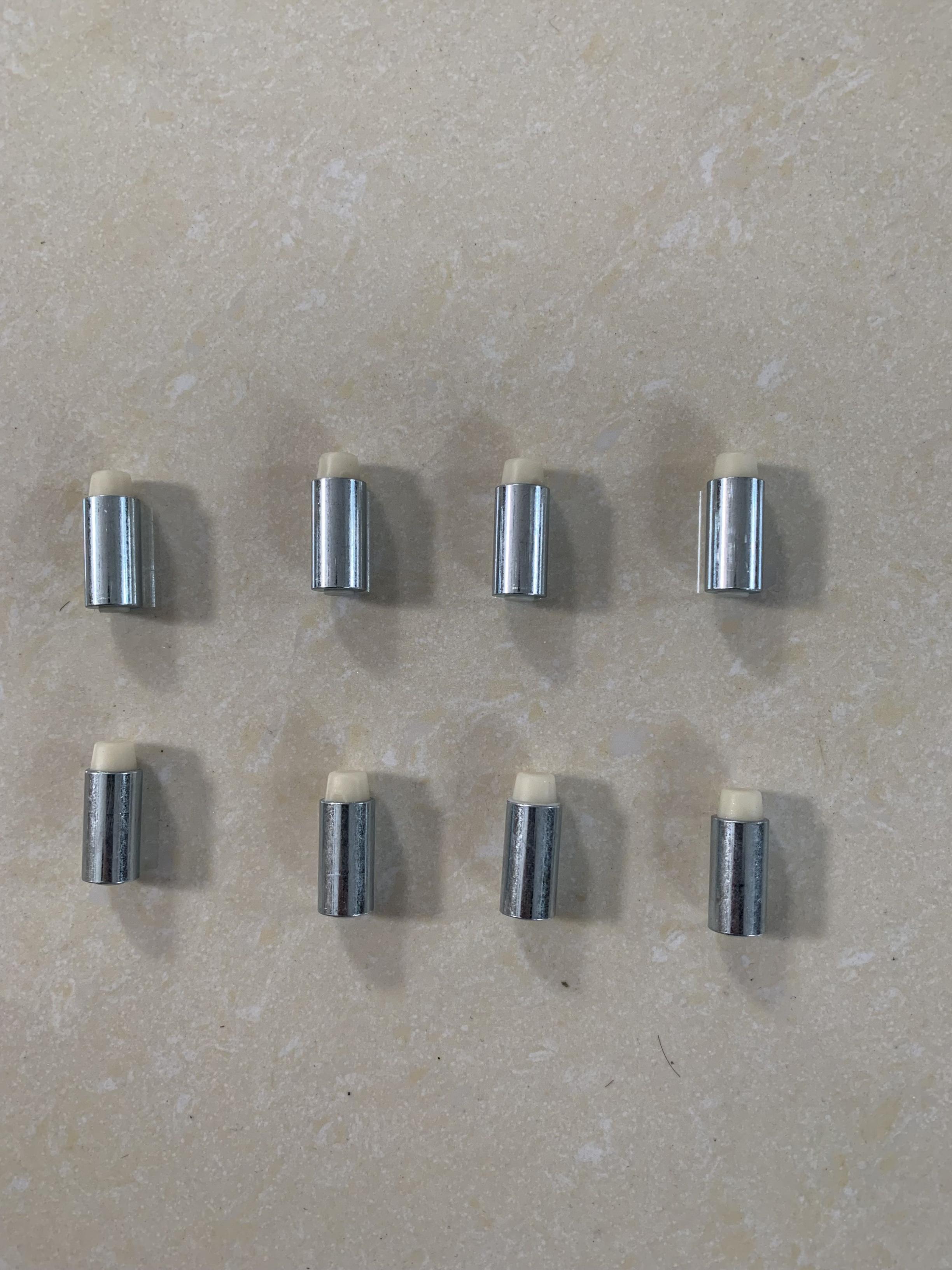Role of Pulsator in Milking Systems
In dairy farming, the pulsator (Pulsator) is an important component of the milking system, primarily used to optimize the milking process, enhance the comfort of dairy cows, and improve milk production efficiency. The main functions and uses of the pulsator are as follows:
Simulating the Natural Sucking Process
- Physiological Principle: During natural nursing, calves stimulate milk secretion from the cow's udder through intermittent sucking. This intermittent sucking action helps maintain the health of the mammary glands and ensures a smooth flow of milk.
- Pulsator Function: The pulsator generates periodic changes in vacuum pressure, simulating the natural sucking process. It alternates between applying and releasing vacuum pressure during each milking phase, thereby more effectively stimulating the teats and promoting milk flow.
Improving Milking Efficiency
- Vacuum Cycle: The pulsator is typically set to a pulsation frequency of 60-80 cycles per minute, with each cycle divided into two phases: the milking phase and the rest phase.
- Milking Phase: The vacuum pressure is high, and milk is drawn from the teats.
- Rest Phase: The vacuum pressure is low, allowing the teats to rest briefly, which helps prevent teat damage and maintain blood flow to the teats.
- Reducing Damage: By doing so, the pulsator can reduce teat damage, extend the intervals between milking sessions, and thus improve overall milking efficiency.
- Vacuum Cycle: The pulsator is typically set to a pulsation frequency of 60-80 cycles per minute, with each cycle divided into two phases: the milking phase and the rest phase.
Protecting Teat Health
- Preventing Damage: Continuous high vacuum pressure can cause teat damage, but the pulsator's periodic vacuum changes effectively prevent this.
- Promoting Circulation: During the rest phase, blood flow to the teats is restored, helping to maintain the health and elasticity of the teats.
Enhancing Cow Comfort
- Reducing Stress: The intermittent operation of the pulsator reduces stress in the cows, making them more relaxed and thus potentially increasing milk production.
- Reducing Pain: By reducing teat damage and pain, cows are more comfortable during the milking process.
Adapting to Different Cows' Needs
- Adjustability: Modern pulsators often have adjustable parameters that can be tailored to the physiological characteristics and milking needs of different cows, enabling a personalized milking process.
Summary
The primary purpose of the pulsator in dairy farming is to simulate the natural sucking process, improve milking efficiency, protect teat health, reduce stress in cows, and enhance overall cow comfort and milk production. It is an indispensable part of modern milking systems and plays a significant role in improving the economic benefits and animal welfare in dairy farming.




